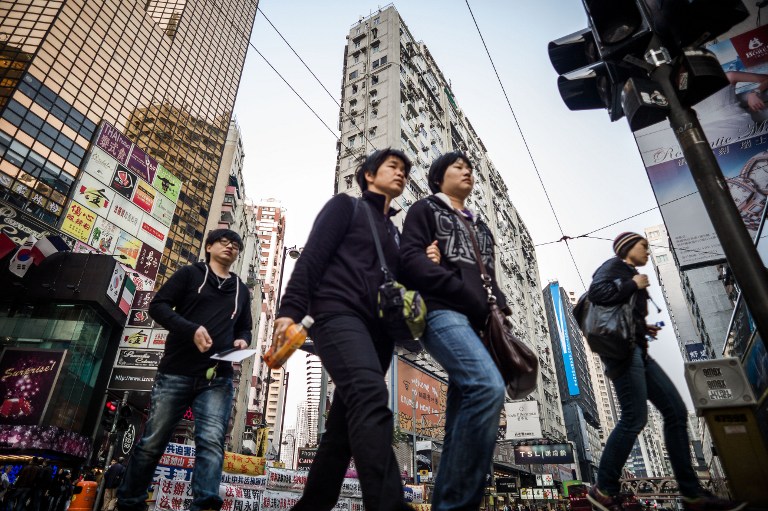SUMMARY
This is AI generated summarization, which may have errors. For context, always refer to the full article.

WASHINGTON DC, USA – Present-day Asians and Native Americans are descended from a group of people who were already in China 40,000 years ago, according to an analysis of fossil DNA published this week.
The genetic analysis showed that the early modern humans in Beijing had already diverged genetically from the ancestors of modern-day Europeans.
The researchers took nuclear and mitochondrial DNA from a leg bone found in the Tianyuan Cave in China in 2003.
Using this, they reconstructed the genetic profile of the leg’s owner, a person who lived at a very interesting time in the history of modern humans, the researchers said in a statement Monday, January 21.
“This individual lived during an important evolutionary transition when early modern humans, who shared certain features with earlier forms such as Neanderthals, were replacing Neanderthals and Denisovans, who later became extinct,” said lead author Svante Paabo, of the Max Planck Institute for Evolutionary Anthropology.
The genetic analysis from the ancient bone showed similarities to genetic profiles from modern-day Asians and Native Americans, the researchers explained.
But the analysis showed that the early modern human near Beijing had already diverged, genetically, from the ancestors of modern Europeans.
In addition, the proportion of Neanderthal and Denisovan-DNA was no higher than that of modern-day humans in the region.
Scientists had previously found fossils of people from Eurasia 40,000 to 50,000 years ago who looked like modern-day humans.
But the researchers emphasized that the genetic relationships between these early modern humans and today’s people had not yet been fleshed out.
“More analyses of additional early modern humans across Eurasia will further refine our understanding of when and how modern humans spread across Europe and Asia,” Svante Paabo said. – Rappler.com
Add a comment
How does this make you feel?
There are no comments yet. Add your comment to start the conversation.